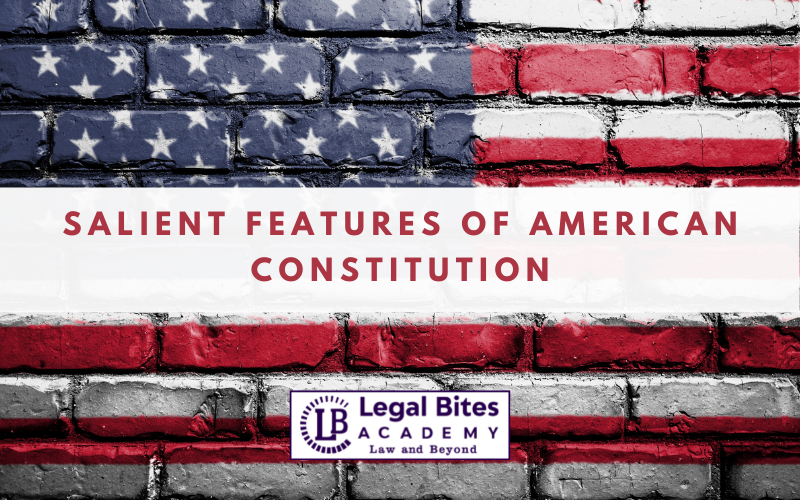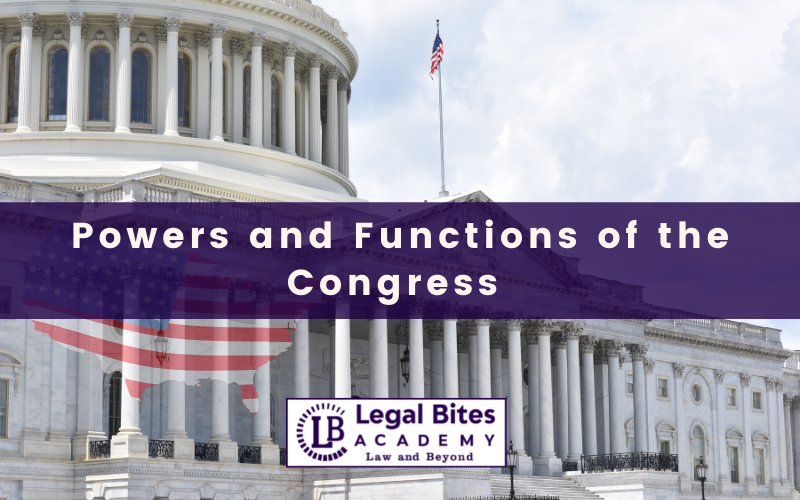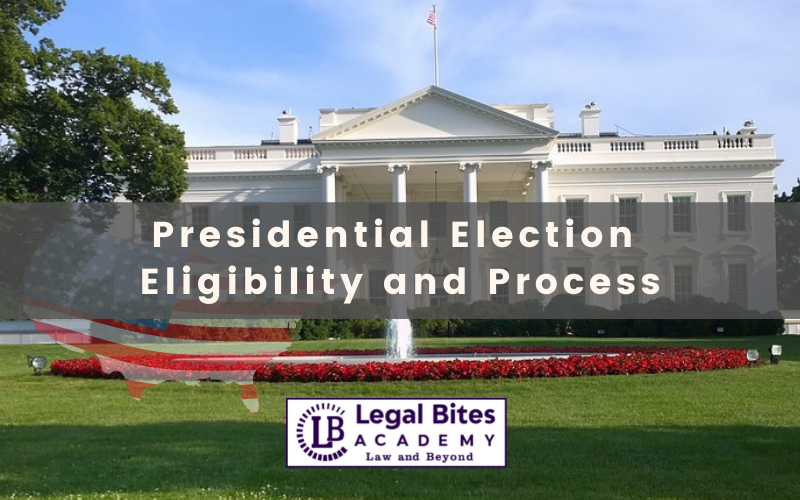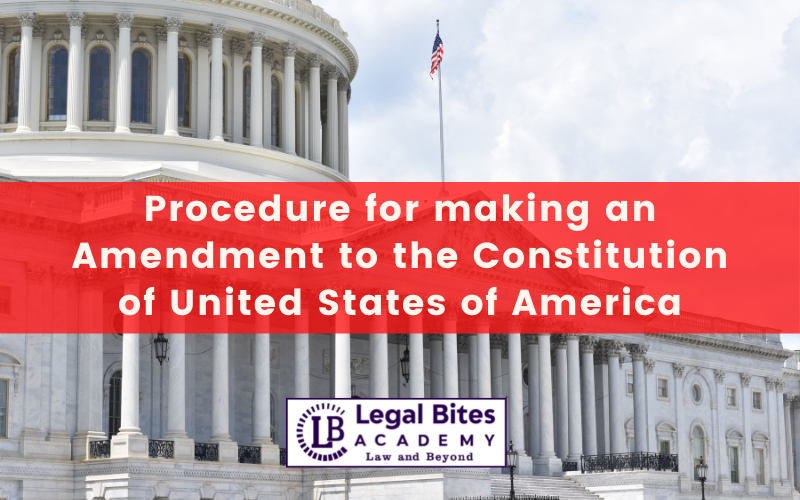Salient Features of American Constitution
This article outlines the seven salient features of American Constitution. Each feature has been duly explained by the author. I. Introduction The American Constitution framed by the Philadelphia Convention of 1787 and inaugurated two years after has served as a vital unifying force for the diverse population. It has its particular significance to the people of the United… Read More »
;
This article outlines the seven salient features of American Constitution. Each feature has been duly explained by the author. I. Introduction The American Constitution framed by the Philadelphia Convention of 1787 and inaugurated two years after has served as a vital unifying force for the diverse population. It has its particular significance to the people of the United States of America who hold with ample pride and satisfaction that though many other elements have provided the...
This article outlines the seven salient features of American Constitution. Each feature has been duly explained by the author.
I. Introduction
The American Constitution framed by the Philadelphia Convention of 1787 and inaugurated two years after has served as a vital unifying force for the diverse population. It has its particular significance to the people of the United States of America who hold with ample pride and satisfaction that though many other elements have provided the centring force to the structure of their political life, the most obvious and the most universally accepted elements is their political life, the most obvious and the most universally accepted element is their basic law formulated by their Founding Fathers.
II. Salient Features of American Constitution
- Written Constitution
- Separation of Powers and Checks and Balances
- Rigid Constitution
- Federal System
- Presidential form of Government
- Judicial Supremacy
1. Enacted and a written constitution
The first and the foremost feature of the American constitution finds a place in its being a formulated instrument made by the eminent leaders of a nascent nation to establish what they termed ‘limited government.’ The Philadelphia convention of 1787 was a grand assembly of the leaders chosen by the legislature of the states and the constitution made by this great assembly of great men ratified by those who were elected by the people do the august job while keeping their social political and economic interests in their minds.
However, what has added to the richness of the provisions of the constitution in an ever more but never less manner is the interpretative role of the judiciary. The final interpretations of the federal judiciary have given new meanings to the original provisions with the result that the American constitution is said to have 5 pages along with 5000 pages of judicial decisions made for the sake of their amplification.[1]
2. Separation of powers and check and balances
It is true to say that no feature of the American political system “is more characteristic than the separation of powers combined with precautionary checks and balances.” It signifies that the power of government is diverse and diffused in hands of three organs- executive, legislature and judiciary.
The founding fathers adhered to the idea of separation of powers for the reason that, as Lord Acton aphorised, ‘power corrupts and absolute power corrupts absolutely’. Whether sovereignty rests in an absolute monarch or the people, it is potentially dangerous and the only possible way out is to realise the political truth that power checks power. Madison had warned that any concentration and accumulation of power in hands of one, or few, or many, whether hereditary, elected, appointed or nominated, amounts justly to the very name of a tyrannical government.[2]
In its most dogmatic form, the American conception of the separation of powers may be summed up in the following propositions:
- There are three intrinsically distinct functions of government, the legislative, the executive, and the judicial;
- These distinct functions ought to be exercised respectively by three separately manned departments of government; which should be constitutionally and manually independent; and
- A corollary doctrine stated by Locke-the legislature may not delegate its powers.[3]
3. A Rigid Constitution
A rigid constitution is distinctly different from its flexible counterpart in the sense that its process of amendment is difficult as a result of which the difference between constitutional law and ordinary law becomes sharply visible.
Thus, a special process is laid down in a rigid constitution to carry out the work of amendment.
It is clearly laid down that the bill of the constitutional amendment should be adopted either by a special convention, or by a constituent assembly, or by the existing legislature with a special majority, or by the people through a referendum, or by a majority of the governments of units in a federal system, or by a combination of them.
Amendment Procedure
| Methods of proposal* | Methods of Ratification** |
|
|
| *Either of the two methods may be adopted. | ** States may select either of the two courses unless Congress specifically provides for one. |
4. Federal system
The American constitution affords the first best example of a federal system in the world.
In spite of the increasing control of the Central government, the states have not been finished and they are still important political entities in the American political system so much so that the constitution “is meaningless unless taken in conjunction with the state constitutions, which are not merely useful additions to it but its indispensable complement.”[4]
It follows that, in the United States, the Constitution has enumerated the powers of the federal government. The Congress has authority to make laws on the following subjects:
- To levy and collect taxes, duties, imports and excises.
- To borrow money on the credit to the United States,
- To regulate commerce with foreign nations, and among the several States, and the Indian tribes,
- To establish a uniform rule of naturalisation and uniform laws on the subject of bankruptcies throughout the United States,
- To coin money, regulate the value thereof, and of foreign coin and fix the standard of weights and measures,
- To establish post offices and postal record,
- To promote the progress of science and useful arts,
- To constitute tribunals inferior to the supreme court,
- To define and punish piracies and felonies committed on the high seas, and offences against the law of nations,
- To declare war,
- To provide and maintain a navy; to make rules for the government and regulation of the land and naval forces; to provide for calling forth the militia to execute the laws of the union, suppress insurrections and repel invasions, and
- To make all the laws which shall be necessary and proper for carrying into execution the foregoing powers.[5]
5. Presidential form of Government
Britain is known for the parliamentary form of government, America has the model of presidential government. The president is head of the state as well as of the government. He is elected for a term of four years and may be re-elected. He appoints his ministers and ay remove any minister or change his departments as per his pleasure.
Since the executive and the legislature have been separated, the President and his ministers cannot be members of congress. The President may send his message to congress and may go there to deliver it personally, but he cannot vote. Congress cannot throw out the ministry by passing a vote of no-confidence. If the president is guilty of treason or of some grave misdemeanour, he may be removed by the process of impeachment.[6]
6. Senate as the Powerful Upper Chamber
In most of the countries of the world, the legislature is bi-cameral in which the lower house is more powerful than the upper house. It confirms all the appointments made and foreign treaties signed by the president.
It sits as a court of impeachment to try the president, Vice-president, judges of the Supreme Court and federal courts etc. It is true that a money bill cannot be introduced in the Senate, but when it comes, after it is passed by the House, the Senate may make any number of amendments in it.[7]
7. Judicial Supremacy
Whereas the English Constitution is known for the ‘sovereignty of parliament’ as its dominant characteristic, judicial supremacy is said to be the outstanding feature of its American counterpart.
The powerful position of the judiciary becomes a source of astonishment when one studies it in the context of the basic features of the American constitution contained in the principle of separation of powers and checks and balances. The founding fathers’ vested judicial authority in the congress and the executive authority in the president without making one superior to or supreme over another.
It is clear from the language of the Constitution that the makers regarded the federal judiciary as “the third member of government trinity, no less important than the other two members.” And yet the courts have enhanced their authority in course of time with result that they “have the right to review the activities of all agencies of government in order to determine whether they are legally and constitutionally valid”.
The power of judicial review has certainly made the Supreme Court something more than an equal member of the government trinity.[8]
[1] Carl J Friedrich ‘Constitutional Government and Democracy’ p.185
[2] C A Bread ‘American Government and Politics’ p.16
[3] Ogg and Ray, ‘Essentials of the American Constitution’ p.38
[4] C.F Strong ‘Modern Political Constitution’ p.110
[5] Leonard D. White ‘The State and the Nation’ p.3
[6] Buns and Peltason ‘Government by the People’ p.142
[7] E.S Griffith ‘The American System of Government’ p.22
[8] H.J Laski ‘The American Democracy’ p.115





